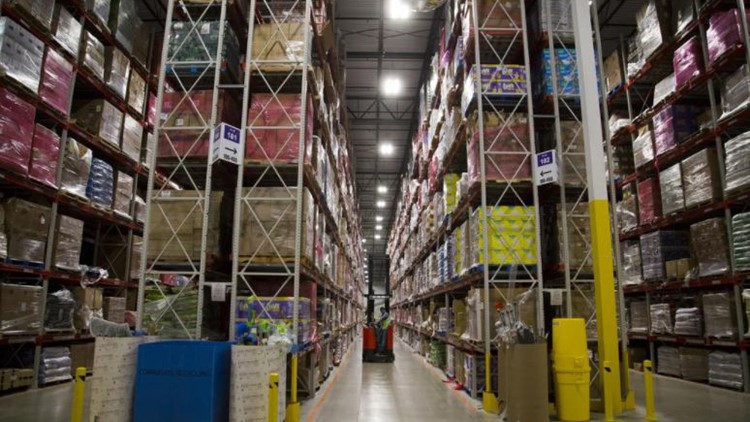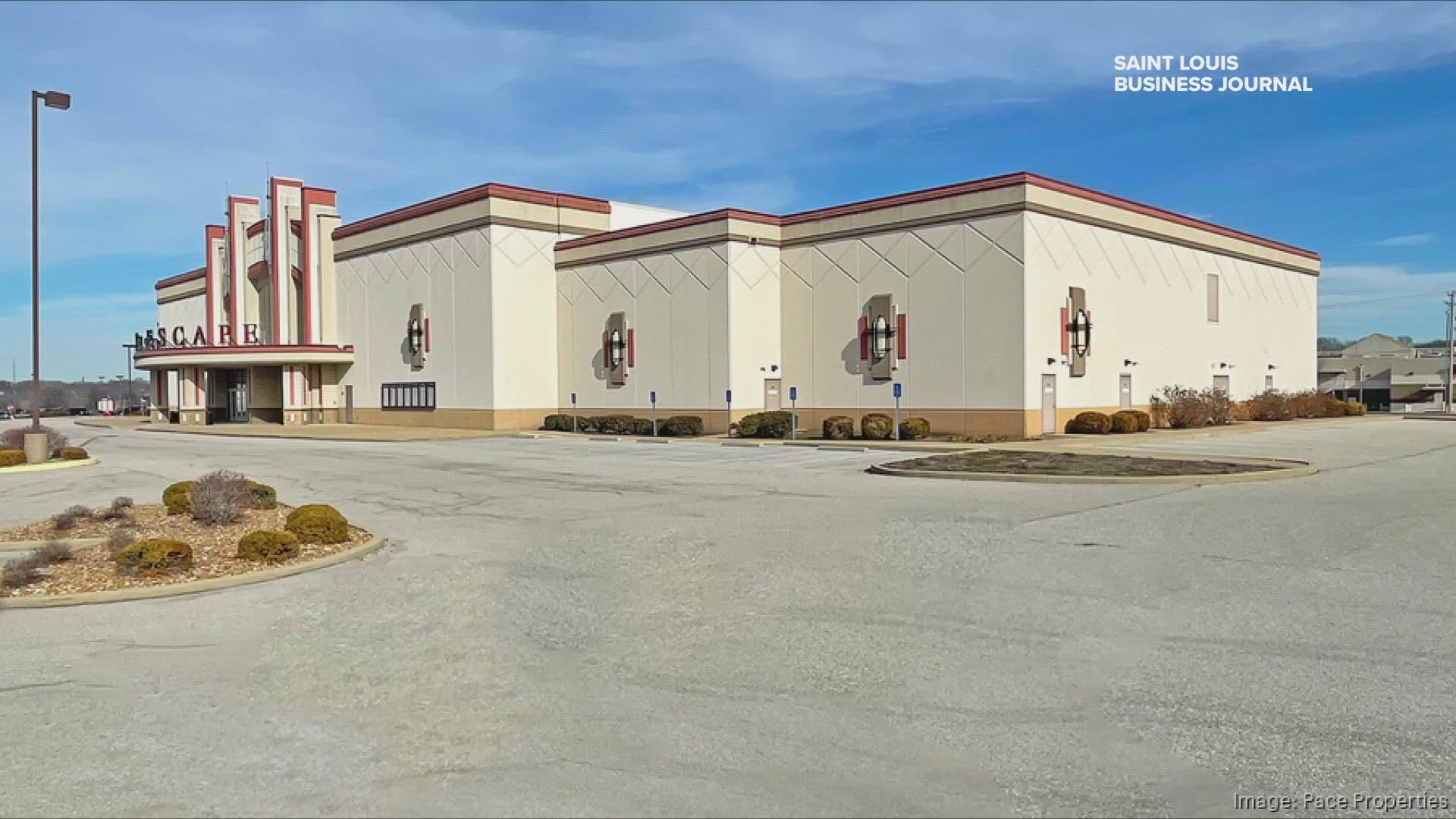ST. LOUIS — Even early in the COVID-19 pandemic, commercial real estate brokers and developers were expecting the industrial market to be in high demand due a surge by e-commerce services.
Now, six months into the crisis, industry experts say COVID’s boost to e-commerce has generated a level of interest in the St. Louis industrial market that is nearly unprecedented.
CBRE First Vice President Jon Hinds said he’s fielding more inquiries than ever from companies in search of available industrial space. David Branding, managing director of JLL in St. Louis, said the market is so busy that his firm is now projecting another 8 million square feet of industrial space will be built over the next three years.
The St. Louis industrial market was hot even before the pandemic. JLL data shows the region added more than 12.7 million square feet of industrial space since 2017.
Much of that growth was fueled in part by an e-commerce market that was growing an average of 14.5% annually over that time. Online retailers rely on industrial warehouses to store, package and ship the products customers buy online. The pandemic, which forced most households indoors, added fuel to that fire. E-commerce is now expected to grow 35% just in 2020, according to JLL data.
“We’ve known this is going to happen. We’ve talked about it for several years," said CBRE's Hinds. "COVID just brought it to the forefront."
Take Amazon.com Inc. for example. The Seattle-based e-commerce giant reported a 40% spike in sales in the second quarter of 2020 to $88.9 billion, despite what Chief Financial Officer Brian Olsavsky said is typically the company’s lightest quarter for retail sales. Amazon expects to grow its footprint of industrial space by about 50% this year — compared with 15% growth last year — with most coming online late this year, Olsavsky said. That’s in addition to the more than $9 billion in fulfillment, transportation and other capital projects the company has already invested in the second quarter.
Commercial real estate experts here won’t explicitly talk about Amazon, preferring to use euphemisms like the “Big A” and “large e-commerce retailer” in order to comply with the company’s strict nondisclosure policies. But the company is a bellwether for growth in the industrial market and its impact on St. Louis is undeniable, they say. Amazon is expected to add nearly 2 million square feet of new space in St. Louis this year for last-mile operations, or the last facility an item leaves before arriving at a customer's door. That would push the retailer's St. Louis footprint to about 4.5 million square feet total.
“E-commerce goes where the customers and orders are coming from. St. Louis still benefits in that it’s still a major population base with three million people. That’s sizeable enough for e-commerce companies that would need a final-mile (building) to service them,” said Branding.
Click here for the full story.



